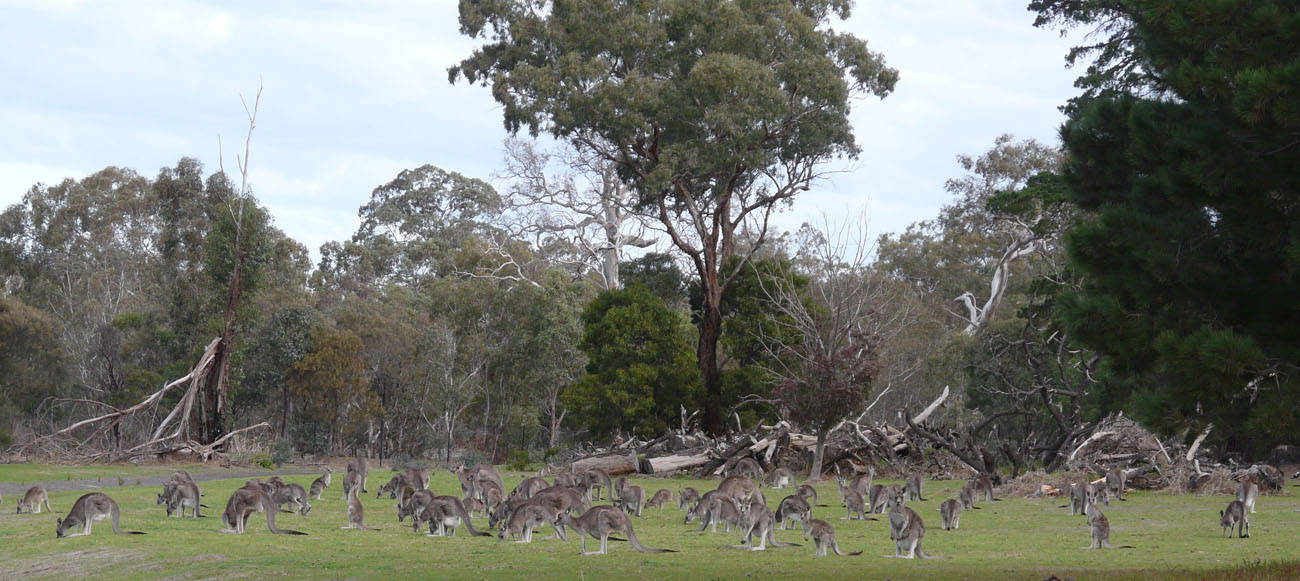See area A on Aerial Photo Map.
This is the former site of the Greenvale Sanatorium. It is private property, not part of Woodlands Historic Park. There are currently no structures on the site except for a sewage treatment works. The vegetation is mainly exotic, although there are some small patches where native grass and lilies survive. There are also mature Red Gums, and Grey Box along the access road.

The boundary of the privatised area was drawn along historic fence lines, with no effort made to exclude native vegetation, such as at the north of the site where there is a group of Red Gums and a small area of native grass, some of it already destroyed by construction of a boundary track. Furthermore no consideration was given to the destruction of native vegetation which would be caused by clearing of the fenceline and the need to have a management track outside the fence. This is typical of the thoughtless way that boundaries have been drawn around all reserves near Melbourne . An area of land is declared a reserve to protect native vegetation, and the first action of the managers of the reserve is to construct a track around the boundary which destroys a significant amount of that vegetation. Since the latest Royal Commission into Bushfires these tracks have generally been widened into 30m firebreaks, so that in some cases there is not much of the reserve left. If the Government was at all serious about preserving native vegetation, the reserve boundary would have in all cases been drawn at least 100m out from the edge of the native vegetation (or 100m in, in the case of the Sanatorium Land) to allow a buffer for fire fighting and weed control.
Garden plants on the Sanatorium site which have been seen to invade the surrounding land include Kikuyu, Sugar Gum, Agapanthus, Sweet Pittosporum, Desert Ash, Flax-leaf Broom, Cootamundra Wattle and an unidentified Casuarina species. The first three have the largest impact on the park in terms of control effort, being very prevalent and close to the fence. Other garden plants are present which are known environmental weeds but which have rarely been seen to jump the fence at this location, such as the Pine Trees and Gazania. The site also harbours various noxious weeds such as boxthorn. The owner has never done any weed control.